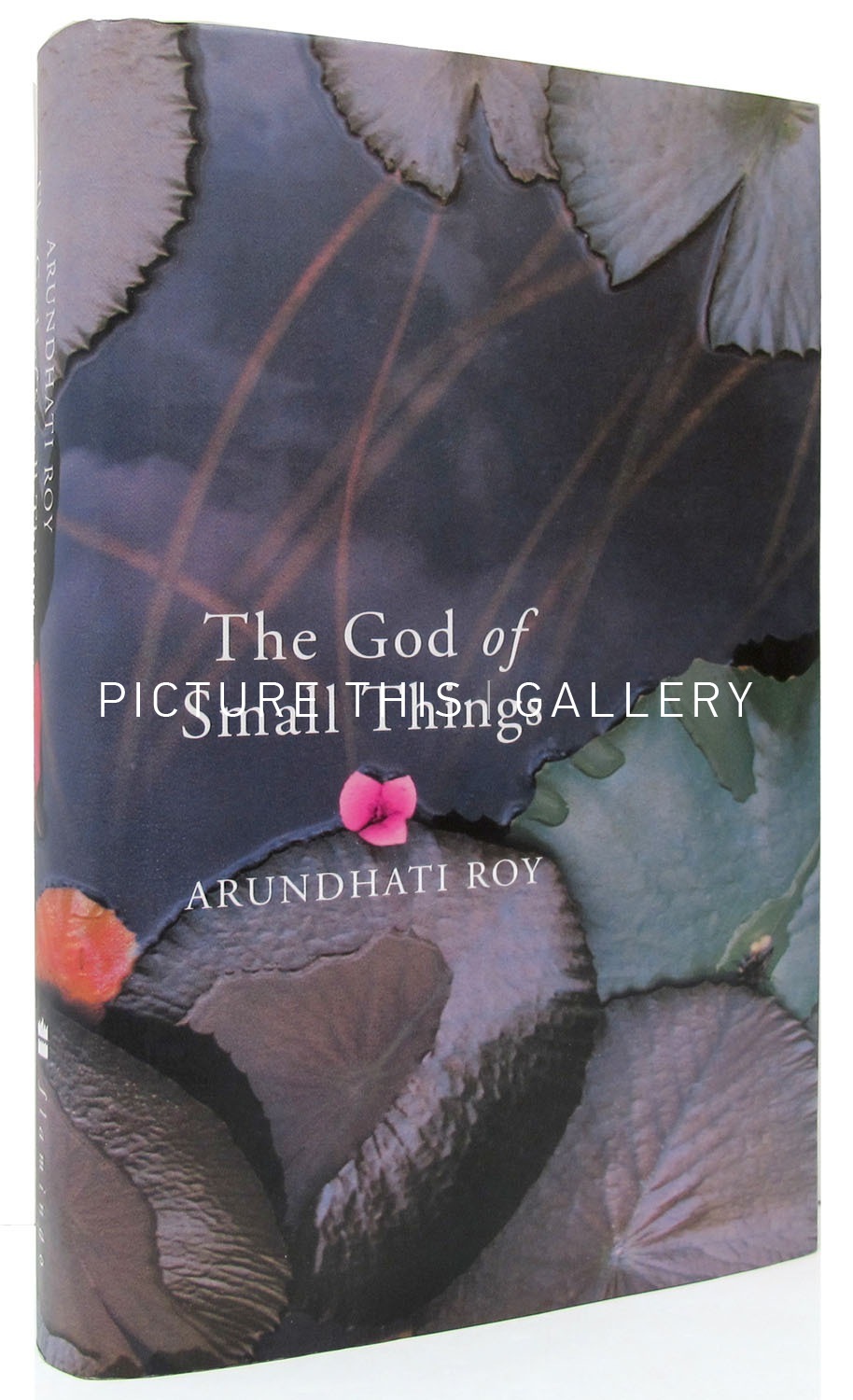

The Indian Constitution of 1949 outlawed the caste system and discrimination based on social status, but it's pretty clear throughout the novel that there are certain social rules that persist and that still have to be obeyed – particularly in terms of who is allowed to interact with whom. The society that our characters inhabit is still largely shaped by the caste system, which defined social classes in India and dictated the status each person held.

While telling the story of Sophie Mol's death, the novel resonates with larger political and social issues. The rest of the novel pieces together the events that led up to her death and the aftermath that ensued, darting back and forth between Estha and Rahel's childhood and adulthood in the process. We learn at the beginning of the novel that Sophie Mol drowns in the river by the family's house. The central events of the novel involve the fateful visit of their half-English cousin, Sophie Mol, and her mother Margaret Kochamma. The plot centers on Estha and Rahel, fraternal boy and girl twins living with their divorced mother, Ammu, and her family. The narrative shifts back and forth in time in a series of flashbacks, memories, and foreshadowing of what's ahead. The novel takes place in Ayemenem, a village in the southwestern Indian state of Kerala, in 19. The novel, which Roy wrote between 19, has sold over 6 million copies and has been translated into 40 languages. Interestingly, Roy was trained as an architect and had never before considered herself a novelist. Her first (and to date only) novel won the 1997 Booker Prize, one of the most prestigious awards in the English-language literary world. Published in 1997, The God of Small Things quickly skyrocketed Arundhati Roy to worldwide critical and popular acclaim.


 0 kommentar(er)
0 kommentar(er)
